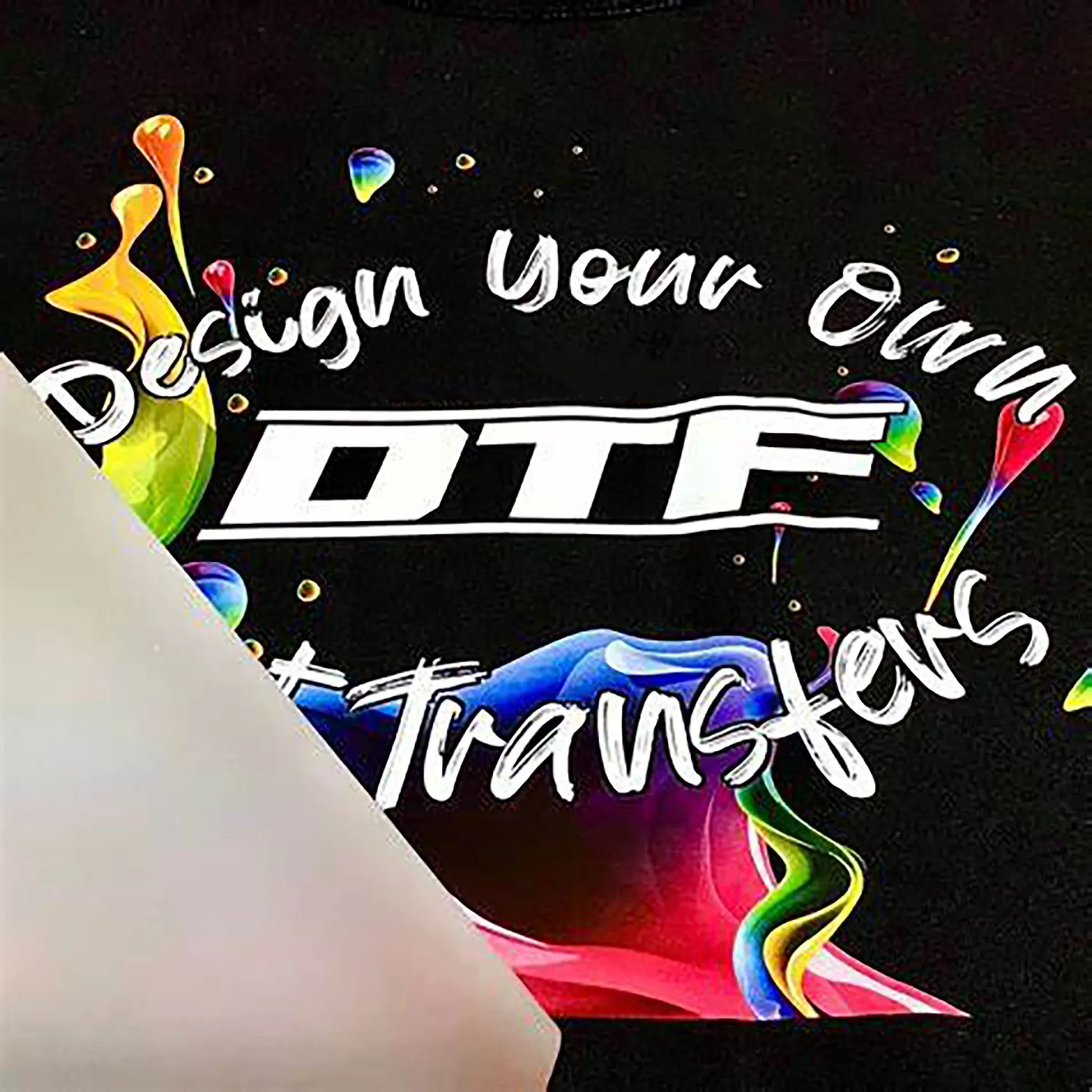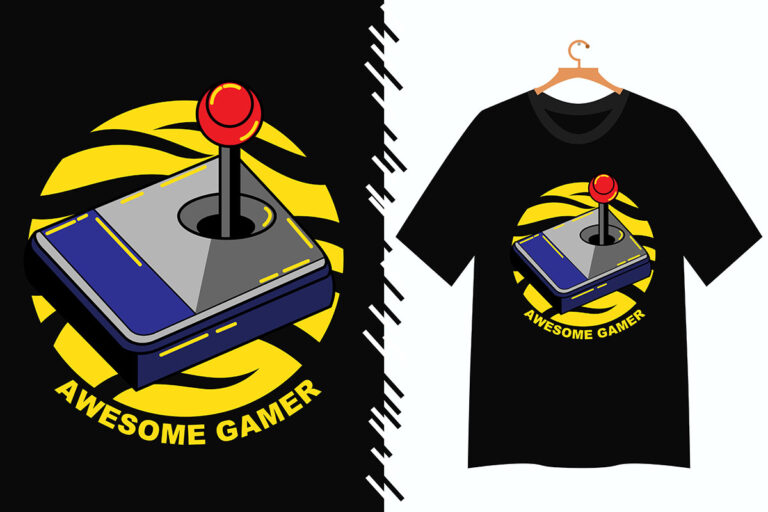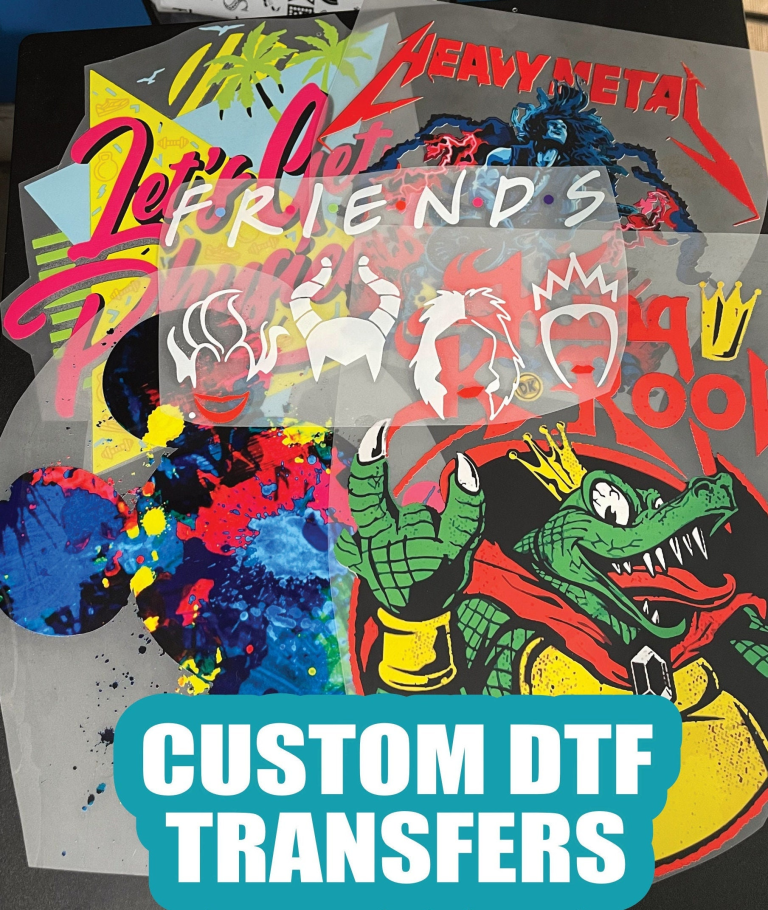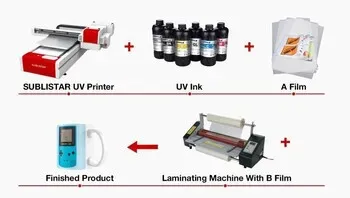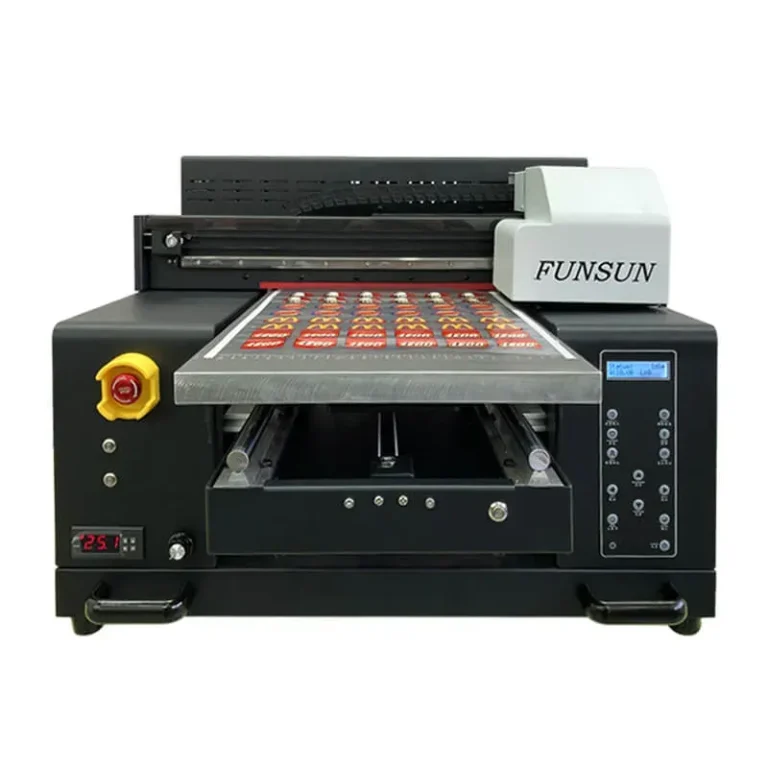DTF Transfers: The Future of Fabric Printing Technology
DTF transfers, or Direct to Film transfers, have emerged as a revolutionary method in the fabric printing industry, captivating the attention of entrepreneurs and crafting enthusiasts alike. This cutting-edge printing technology allows for vibrant and lasting designs to be seamlessly transferred onto various materials, particularly in the realm of custom apparel. As businesses look to expand their offerings and meet the growing demand for personalized products, understanding the advantages of DTF printing becomes essential. In this article, we will delve into the intricate workings of DTF transfers, the technological advancements behind them, and how they compare with other popular methods like DTG printing. Join us as we explore the exciting potential of DTF technology and its impact on fabric printing innovation.
Direct to Film printing, commonly referred to as DTF, is transforming the landscape of fabric printing and apparel customization. This advanced fabric printing technology utilizes a unique film application process that ensures bright, durable imagery on a wide array of textiles. As the market for custom apparel surges, understanding how DTF transfers stack up against alternatives like DTG (Direct-to-Garment) printing becomes increasingly vital for businesses seeking effective printing solutions. The rapid spread of this innovative approach, along with its numerous benefits, indicates a significant shift in consumer preferences toward versatile, high-quality products. Let’s explore the mechanisms and trends driving the rise of DTF printing in today’s digital marketplace.
What Makes DTF Transfers Unique?
DTF transfers stand out in the realm of fabric printing due to their efficient and effective process. Unlike traditional methods, DTF printing first transfers designs onto a film, which is then applied to various fabrics using heat and pressure. This technique allows for a level of detail and vibrancy not typically seen in other printing methods, such as screen printing or DTG (Direct-to-Garment) printing. The innovation of DTF transfers has opened doors for custom apparel creators and small businesses aiming to bring unique designs to life while maintaining high-quality results.
Furthermore, the flexibility of DTF transfers is one of its most appealing attributes. The ability to print on a wide range of materials—including cotton, polyester, and blends—means businesses can cater to diverse customer needs. As a result, DTF printing technology not only enables vibrant designs but also enhances durability and wash resistance, aligning perfectly with the requirements for modern apparel and merchandise.
Exploring the Advantages of DTF Printing
DTF printing provides a plethora of advantages that make it a compelling choice for entrepreneurs and established businesses alike. One of the primary benefits is its cost-effectiveness. Unlike other printing methodologies such as DTG, which often require expensive equipment and extensive setup, DTF transfers can be implemented with relatively lower initial investment. This makes it an accessible option for startups looking to enter the fabric printing market without financial strain.
Additionally, the scalability of DTF printing is unparalleled. Businesses can quickly adapt their production levels based on demand, allowing for small batches without sacrificing quality. The ease of learning the DTF process means that new entrants can rapidly acquire the necessary skills, resulting in faster turnaround times for their product offerings. With these advantages, DTF printing is ideally positioned to support the growing custom apparel sector.
DTF Printing vs. DTG Printing: A Comparative Analysis
When comparing DTF printing to DTG printing, several key distinctions emerge that highlight the strengths of each method. DTG printing is highly favored for its ability to reproduce intricate designs and is often preferred for one-off pieces. However, it can be cost-prohibitive for larger production runs, making DTF printing the better option for businesses focused on volume. The affordability of DTF transfers allows companies to produce high-quality printed apparel without incurring prohibitive costs.
Moreover, DTF printing generally offers better versatility in terms of fabric compatibility. While DTG printing is primarily limited to cotton and cotton blends, DTF technology excels across a broader spectrum of materials, ensuring that businesses can meet varied consumer demands. This means DTF transfers can cater to an array of products—from casual wear to more specialized pieces—providing a competitive edge in the custom apparel market.
Technological Advances in DTF Transfers
The landscape of DTF printing continues to evolve, benefiting from rapid technological advancements that enhance both efficiency and quality. Recent improvements in ink formulations have resulted in richer, more vivid colors, while also increasing the durability of prints. This evolution in ink technology allows for products that not only look impressive but also withstand washing and wear over time, a crucial factor for any apparel-focused business.
Additionally, advancements in transfer adhesion techniques have revolutionized the DTF printing process. These innovations ensure that printed designs adhere securely to various fabrics, enhancing the overall quality of the finished products. Fast printing speeds are yet another critical advancement, enabling businesses to meet growing demand for quick turnaround times, ultimately making DTF printing a viable solution for on-demand production.
Market Trends Shaping DTF Printing’s Future
As the market for fabric printing continues to fluctuate, several emerging trends are shaping the future of DTF printing. One of the most significant shifts is the increasing demand for customization and personalized products. Consumers are no longer satisfied with generic clothing; they seek unique designs that reflect their individual styles. DTF printing provides a seamless solution, allowing businesses to offer tailored products that cater to this expanding consumer preference.
Moreover, sustainability is becoming a focal point in business operations across industries, including fabric printing. DTF printing provides a more efficient and eco-friendly alternative to traditional methods by minimizing waste and resource consumption during the printing process. As businesses actively seek to implement sustainable practices, DTF technology stands out as a reliable choice, positioning itself for tremendous growth in the fabric printing market.
The Future of DTF Transfers in Custom Apparel
The future of DTF transfers in the custom apparel industry looks incredibly promising. As more businesses recognize the benefits of this versatile printing method, it is likely to become a cornerstone of production strategies for apparel companies. With increasing consumer demand for personalized designs and the need for efficient production techniques, DTF printing offers a unique solution that meets these criteria perfectly.
Moreover, as technology continues to evolve, so too will the capabilities of DTF printing. Ongoing innovations in equipment and ink formulations will further enhance print quality and efficiency. This evolution will not only improve the competitiveness of businesses utilizing DTF printing but will also expand the potential applications for this technology, ensuring that it remains at the forefront of the fabric printing industry for years to come.
Frequently Asked Questions
What are DTF transfers and how do they work in fabric printing?
DTF transfers, short for Direct to Film transfers, utilize a unique printing process where designs are printed onto a special film and then heat pressed onto fabric. This method produces vibrant colors and high-quality images, making it an excellent choice for custom apparel and diverse fabric types, including cotton and polyester.
What are the key advantages of using DTF printing for custom apparel?
The primary advantages of DTF printing include versatility across various materials, high-quality prints with fine details, and excellent wash resistance. These features make DTF transfers ideal for producing durable custom apparel that withstands repeated washing while retaining color and detail.
How does DTF printing compare to DTG printing in terms of cost-effectiveness?
DTF printing is generally more cost-effective than DTG printing, especially for larger runs. While DTG excels in detailed designs for one-off pieces, DTF offers a more economical solution for businesses looking to produce multiple items without the high costs typically associated with DTG technology.
Why is DTF printing becoming popular among small and medium-sized businesses?
The growing popularity of DTF printing among small and medium-sized businesses is largely due to its cost-effectiveness, rapid scalability, and ease of learning. This accessibility allows entrepreneurs to efficiently enter the custom apparel market without needing extensive equipment or training.
What recent technological advances have improved DTF transfers?
Recent technological advances in DTF printing include improved ink formulations that produce richer colors and enhanced transfer adhesion, leading to higher print quality. Additionally, advancements in printing speeds allow businesses to fulfill orders more quickly, meeting the increasing demand for on-demand custom products.
What market trends are driving the demand for DTF printing in fabric applications?
Several market trends are contributing to the demand for DTF printing, including a shift towards personalized products, increasing focus on sustainability, and the growth of online retail. These trends highlight DTF technology’s efficiency and customization capabilities, making it an attractive option for businesses looking to cater to modern consumer preferences.
| Key Point | Details |
|---|---|
| What are DTF Transfers? | A printing process where designs are printed on a film and transferred to fabric with heat and pressure. |
| Growth and Popularity | Increased interest among small businesses due to cost-effectiveness, scalability, and ease of learning. |
| Advantages of DTF Transfers | Versatile application on multiple fabric types with high-quality, wash-resistant prints. |
| Technological Advances | Improvements in ink quality, transfer adhesion, and printing speed enhancing the overall process. |
| Market Trends | Growing demand for customization, sustainable practices, and rise of online retail driving DTF adoption. |
| Comparison with Other Methods | DTF is more cost-effective for higher quantities compared to DTG and provides more flexibility than screen printing. |
Summary
DTF Transfers are rapidly transforming the landscape of fabric printing by introducing innovative techniques that cater to modern demands. This method not only offers vibrant and durable designs but also stands out for its versatility across various material types. As consumer preferences shift towards personalization and sustainability, DTF printing becomes increasingly relevant for businesses looking to thrive in a competitive market. Its affordability and scalability position DTF Transfers as a key player in the industry, paving the way for new opportunities in custom apparel production.

